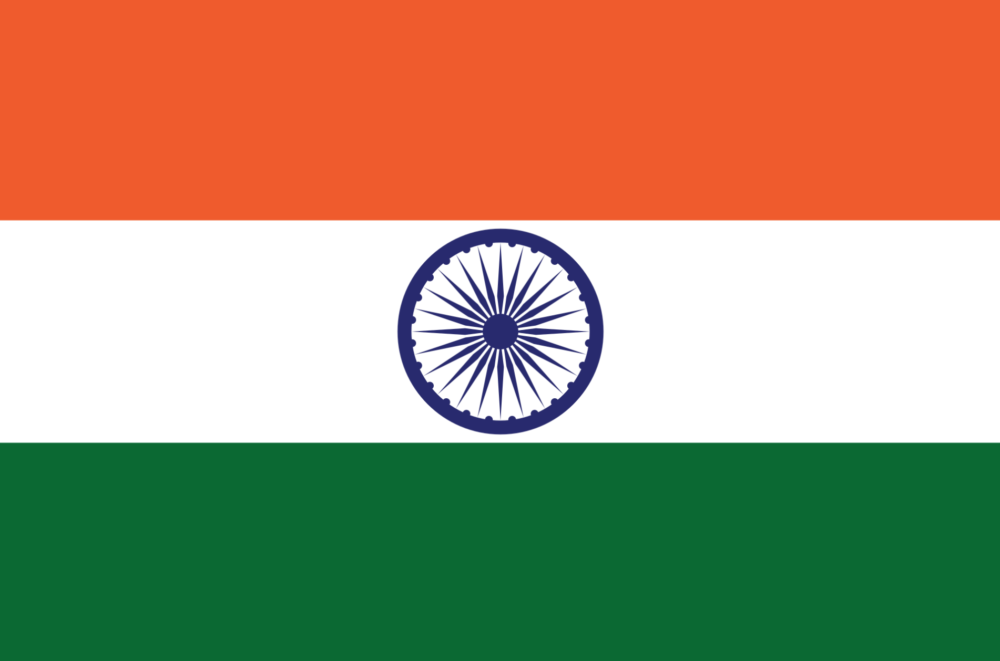India on Mars: Space Missions Create Business Opportunities
In the vast expanse of the cosmos, humanity’s journey to explore the unknown has transcended national borders. India, with its ambitious space program, has made significant strides in this domain, culminating in its landmark Mars mission. Beyond the scientific and technological achievements, India’s ventures into space have also opened up a myriad of business opportunities, paving the way for innovation, collaboration, and economic growth.
Exploring Mars
India’s Mars Orbiter Mission, also known as Mangalyaan launched in November 2013, marked a historic milestone for the country’s space agency, the Indian Space Research Organisation (ISRO). It made India the first Asian nation to reach Mars orbit and the fourth space agency in the world to do so. This accomplishment not only showcased India’s technological prowess but also demonstrated its capability to undertake complex interplanetary missions at a fraction of the cost compared to other nations.
Technological Advancements
The success of India’s Mars mission underscored its growing expertise in space exploration, prompting increased interest from both domestic and international stakeholders. ISRO’s advancements in satellite technology, propulsion systems, and mission planning have not only bolstered its reputation but have also positioned India as a viable partner for collaborative space endeavours.
Commercial Satellite Launch Services
One of the most lucrative avenues that India’s space program has opened up is in the realm of commercial satellite launch services. ISRO’s Polar Satellite Launch Vehicle (PSLV) has gained a reputation for its reliability and cost-effectiveness, attracting customers from around the globe. By offering competitive launch prices, India has emerged as a preferred destination for countries and companies seeking to deploy satellites into orbit.
Remote Sensing and Earth Observation
India’s constellation of remote sensing satellites provides a wealth of data for applications ranging from agriculture and urban planning to disaster management and environmental monitoring. Leveraging this capability, Indian startups and enterprises have developed innovative solutions that harness satellite imagery for various commercial purposes. From precision agriculture to infrastructure development, the insights derived from these satellites have spawned a burgeoning industry with immense growth potential.
Space Tourism
With the advent of commercial space travel on the horizon, India is poised to capitalise on the burgeoning space tourism market. While the focus has primarily been on orbital and lunar tourism, the allure of venturing beyond Earth’s confines has captured the imagination of enthusiasts worldwide. India’s burgeoning private space industry is actively exploring opportunities in this sector, with plans for suborbital flights and beyond. Since The Red Planet is such a global buzz, of course we should put out marketing, publicity, media releases and public relations efforts in its direction.
International Collaboration
India’s space program has fostered extensive collaboration with other nations, facilitating technology transfer, joint missions, and shared research endeavors. Collaborative projects such as the Chandrayaan missions with NASA and ESA, as well as participation in initiatives like the International Space Station, have not only enhanced India’s capabilities but have also created avenues for commercial partnerships and knowledge exchange.
Emerging Technologies
The convergence of space technology with emerging fields such as artificial intelligence, robotics, and 3D printing has spurred innovation and entrepreneurship. Indian startups are at the forefront of developing cutting-edge solutions for space exploration, satellite manufacturing, and in-situ resource utilization. As the space industry evolves, these technologies will play a pivotal role in shaping the future of space commerce.
Policy and Regulatory Framework
To harness the full potential of space exploration and commercialization, India has been actively revising its policy and regulatory framework. Initiatives such as the Draft Space Activities Bill aim to streamline licensing procedures, promote private sector participation, and ensure compliance with international obligations. By fostering a conducive environment for investment and innovation, India is poised to emerge as a key player in the global space economy.
Life on Mars? We Will Be It
It’s true that David Bowie, even post passing, has a substantial cult following in India. So it would be no harm to invoke his famous song Life on Mars when considering that Indians on Mars are a real prospect thanks to our vibrant, imaginative and courageous space agency known as the Indian Space Research Organisation which is the active program within the Department of Space. The fact is, as India’s population continues to grow fast, we need more space – and that can be expanded with a capital S to Indians need more Space. Outer, inner, under, or wider, our population is booming not just within India but around the world. We have now overtaken China as the country with the highest population. If NASA’s Rover mission needs better teeth for picking up rock samples, Indian dentists and veterinarians are best placed to ensure this robot has the finest gnashers in the universe.
Space is a Trading Post
India’s foray into space has transcended mere scientific exploration, ushering in a new era of economic opportunities and technological advancements. From satellite launches to space tourism, the country’s space program has catalyzed innovation, collaboration, and entrepreneurship across diverse sectors. As India continues to chart its course among the stars, the possibilities for business and growth in the final frontier are indeed limitless.






